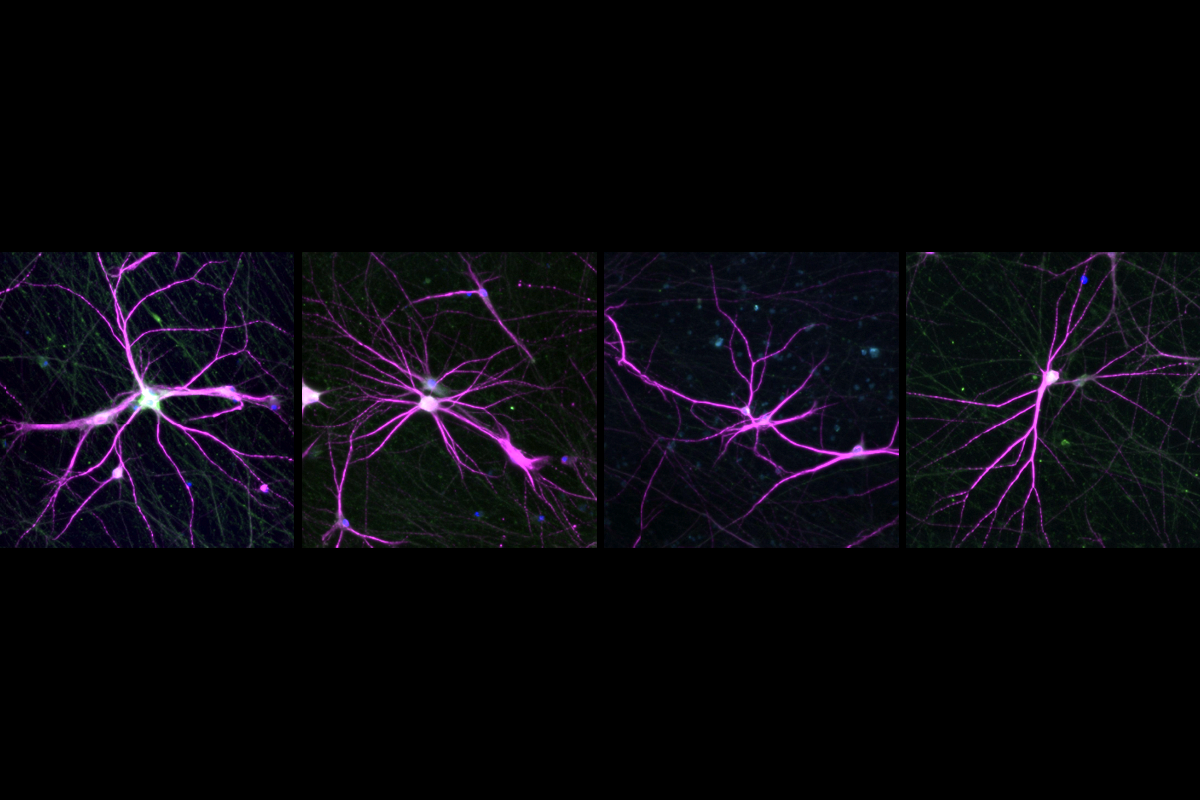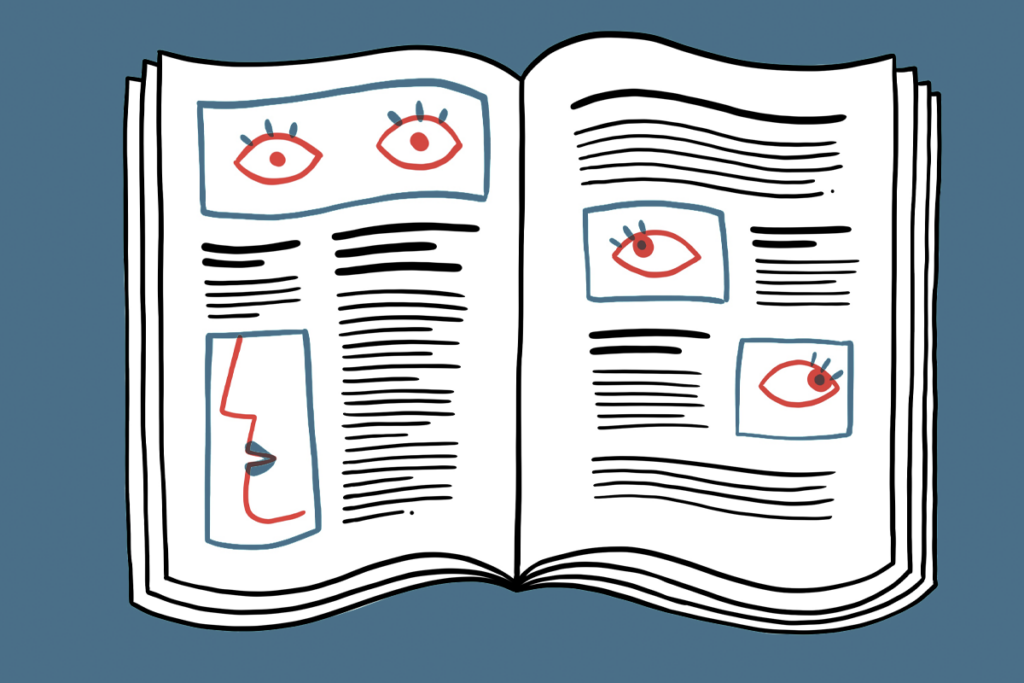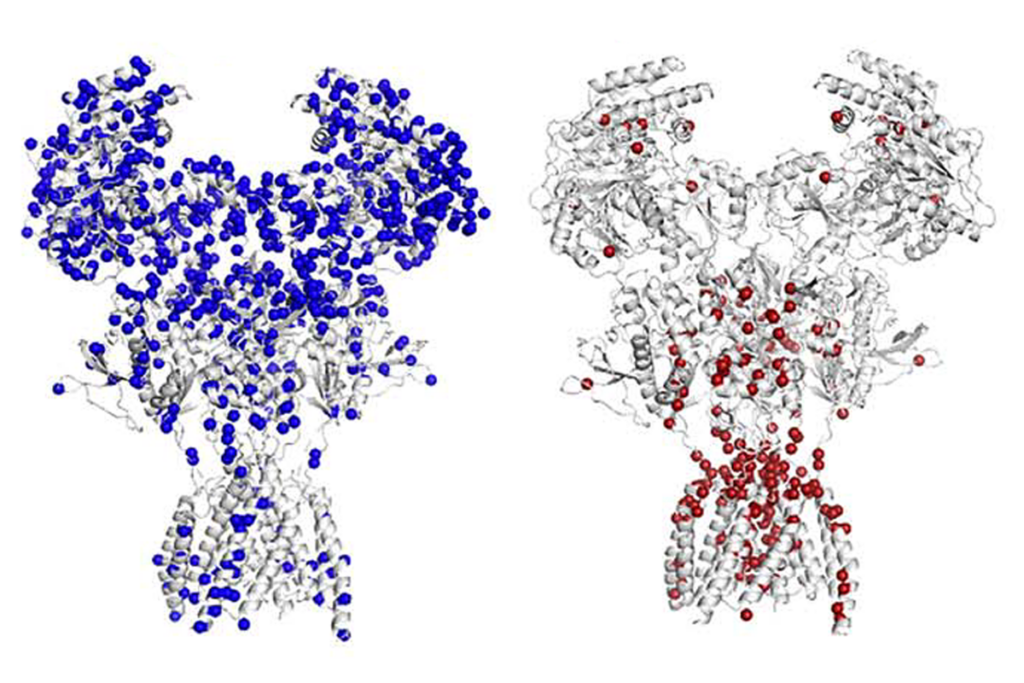Form and function: Measures of cortical surface area in babies are linked to language skills at 2 years of age, according to a new study. For instance, the surface area of the left inferior frontal gyrus in 6-month-old infants later diagnosed with autism showed a negative association with language abilities. Associations for surface area were mostly negative in this cohort, whereas associations for cortical thickness were mostly positive. And several regions outside of the brain’s language networks are involved, suggesting that these structures are not yet specialized in babies as they are in the adult brain. Human Brain Mapping
More autism research we spotted:
- “Social responsiveness as a mediator in adapted cognitive behavioral therapy for autistic youth with maladaptive and interfering anxiety” Journal of Autism and Developmental Disorders
See also: “Unmasking anxiety in autism” - “Pathogenic PPP2R5D variants disrupt neuronal development and neurite outgrowth in patient-derived neurons that are reversed by allele-specific knockdown” Human Genetics and Genomics Advances





